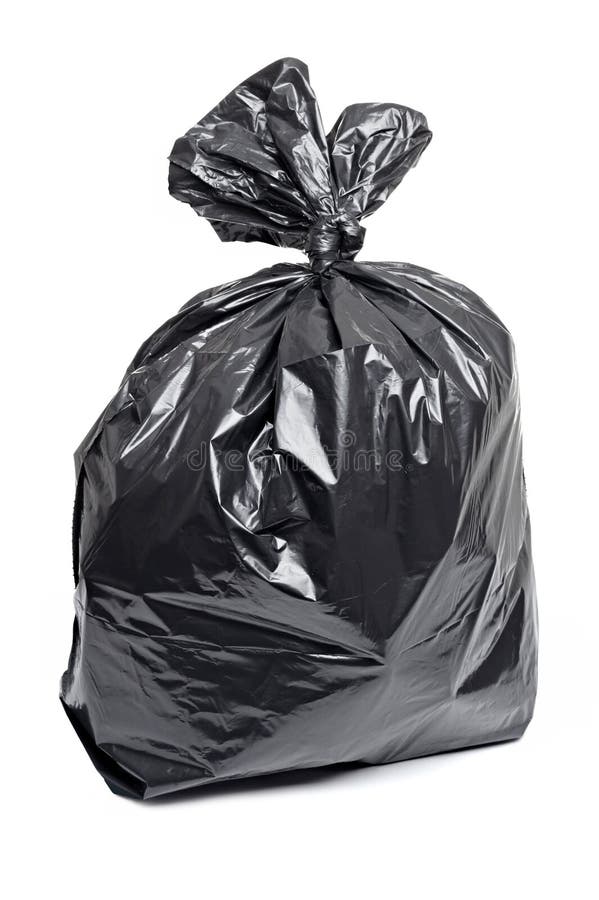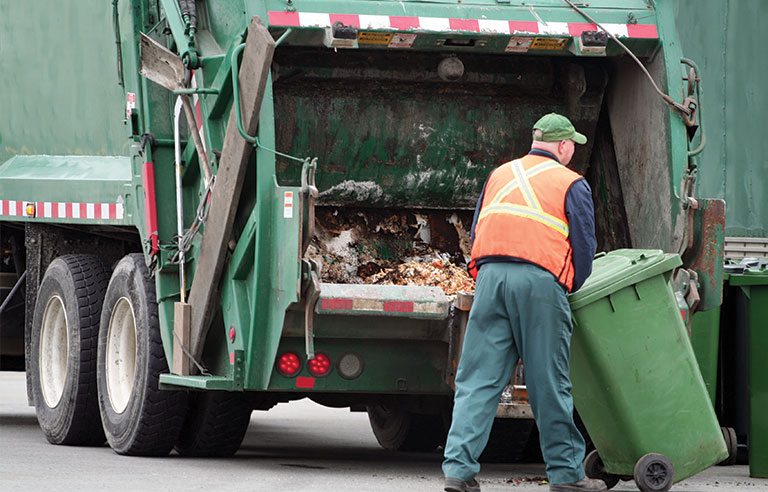
In this section, we’ll cover how garbage collection works in Python. NET, Java, PHP, Node.js, Ruby, and Python.
#Garbage man code
Try Stackify’s free code profiler, Prefix, to write better code on your workstation. Now that we know about memory management and garbage collection in general, let’s get more specific about how Python garbage collection works.
#Garbage man manual
For newer languages, Rust uses manual memory management. We also see manual memory management in Objective-C, the language used for macOS and iOS. Thus, most modern programming languages like Java, Python, and Golang use automatic memory management.įor long-running applications where performance is critical, some languages still have manual memory management. With the advances in computer processing from Moore’s law and the larger amounts of RAM in newer computers, the benefits of automatic memory management usually outweigh the downsides. What’s more, many programming languages with automatic memory management use a “stop-the-world” process for garbage collection where all execution stops while the garbage collector looks for and deletes objects to be collected. Your program will need to use additional memory and computation to track all of its references. However, automatic memory management comes at a cost. Further, it can help avoid costly memory leaks or dangerous dangling pointers. When an object has zero references to it, it’s unusable by the program code and can be deleted.įor programmers, automatic memory management adds a number of benefits. It’s faster to develop programs without thinking about low-level memory details. With reference counting, the runtime keeps track of all of the references to an object. There are a few different methods for automatic memory management. Rather, the runtime handled this for them. With automatic memory management, programmers no longer needed to manage memory themselves. Automatic memory management and garbage collection These problems were undesirable, and so newer languages added automatic memory management. A variable that refers to memory that has been freed is called a dangling pointer. This can cause your program to crash if it tries to access a value in memory that doesn’t exist, or it can corrupt your data. The second type of problem consists of freeing your memory while it’s still in use. For long-running applications, this can cause serious problems. This can lead to your program using too much memory over time. If you don’t free your memory when you’re done using it, it can result in memory leaks. After you were done with your variable, you then needed to deallocate it to “free” that memory for other users.

This meant before creating a list or an object, you first needed to allocate the memory for your variable.

In early programming languages, most developers were responsible for all memory management in their programs. When a variable is used in a program, the process will read the value from memory and operate on it. In many programming languages, a variable in your program code is simply a pointer to the address of the object in memory. The values of your program’s objects are stored in memory for quick access. They also include more complex data structures like lists, hashes, or classes. Objects include simple variables, like strings, integers, or booleans. Memory managementĪ programming language uses objects in its programs to perform operations.

If Python is your first programming language, the whole idea of garbage collection might be foreign to you.

What is Python garbage collection and why do we need It?


 0 kommentar(er)
0 kommentar(er)
